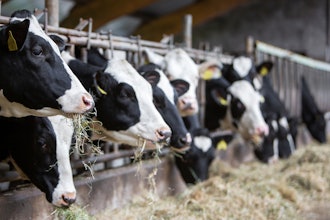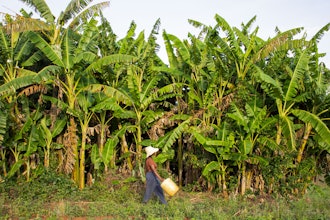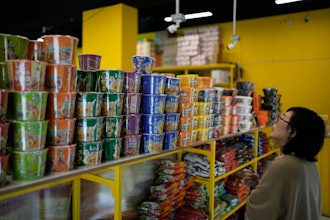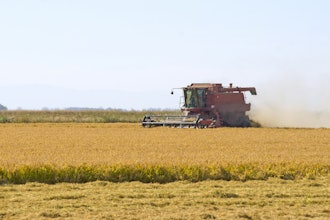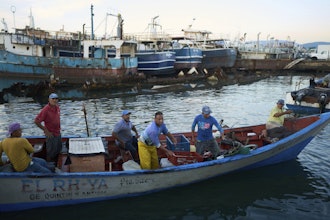
ROME (AP) — Food import bills will reach a record high this year and food markets are likely to tighten around the world, according to a glum new forecast by a U.N. food agency.
The Food Outlook, issued twice a year by the Food and Agriculture Organization, also found that “many vulnerable countries are paying more but receiving less food” in imports.
The report issued Thursday by the Rome-based agency noted that developing countries are reducing imports of cereals, oilseeds and meats, reflecting their inability to cover the price increases.
The forecast cited “soaring input prices, concerns about the weather, and increased market uncertainties stemming from the war in Ukraine,’’ which has seen millions of tons of grain stuck in silos and unable to be shipped abroad from that major agricultural exporter due to the Russian invasion.
With Ukraine’s next grain harvest due within weeks, and no imminent sign of a let-up in the war unleashed by Russia on its neighbor, the food security of import-dependent countries in Africa and the Middle East could worsen.
Its forecast points to a “likely tightening of food markets and import bills reaching a new record high,’’ said Upali Galketi Aratchilage, an FAO economist and lead editor of the report.
The outlook discussed how agricultural sectors are struggling with rising costs of production, especially fertilizer and fuel, which could trigger further increases in food prices.
Russia and its ally Belarus are major exporters of fertilizer. But while international sanctions against Russia for its war against Ukraine haven’t targeted food exports, sanctions regarding Russian shipping and insurance for such shipping has complicated logistics for Russian farm exports.
Spiking prices for agricultural production inputs, such as rising energy costs, could call into question whether the world’s farmers can afford to buy them, wrote FAO experts in markets and trade. That scenario applies to major exporting countries as well, the report said. Some North American farmers are shifting from maize to soy, which requires less nitrogen fertilizer, the report noted.
All these factors point to “low (and falling) real prices for farmers, despite the high prices faced by consumers,’’ FAO said.
Based on current conditions, the situation does “not augur well for a market-led supply response that could conceivably rein in further increases in food process for the 2022/23 season and possibly the next,’’ the report said.









